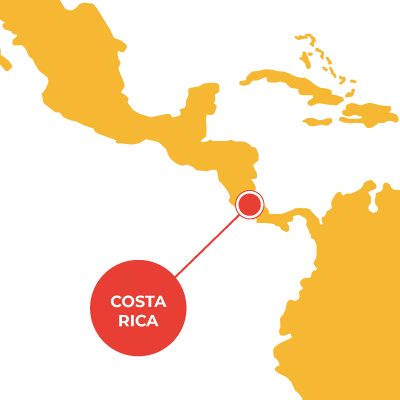
Labour Migration Traceability System (SITLAM)
Integration of migrants: experiences, good practices and challenges
Cultural integration in maternity health services for the Ngäbe Bugle cross-border indigenous population
Outcome Report: High-Level Forum on Irregular Migration Flows in the Americas
The Forum was organized in follow-up to the presentation by the Secretary General of the Organization of American States (OAS) of the "Report on Flows of Irregular Migrants from Africa, Asia and the Caribbean in the Americas" Luis Almagro, within the framework of the Permanent Council of the Organization. This report was requested by the government of Costa Rica in May 2016 given the migratory crisis that the country faced in the years 2015-2016.
This document is available in Spanish.
The experience of women victims of trafficking in Central America and the Dominican Republic and the action of institutions
Socioeconomic conditions, sexual abuse, the search for family reunification and domestic violence have prompted thousands of Central American and Dominican women to migrate to improve their quality of life. However, since it is increasingly common for them to migrate independently and because of their gender status, they are exposed to multiple dangers, such as human trafficking. Because little is known about the practices, dynamics and operational characteristics of this crime in this region, this publication represents an effort to address these knowledge gaps.
Assessment of the vulnerabilities existing in Central America for the Commission of crimes related to organ donation and transplantation, emphasis on human trafficking
The illegal removal of organs is one of the least known manifestations of human trafficking and has gained great importance in the discussions of the international community since the last decades, health professionals and in international and regional organizations, due to the worrying increase in the illicit trade in organs, as well as the health and safety risks that this implies for the living donor. Because of this, in this publication you will find a document on the analysis of this phenomenon and its scope in the Central American region.
Human trafficking for labour exploitation in Central America: Costa Rica
Research on human trafficking, especially for the purpose of labour exploitation, is more important than ever. We are therefore pleased to make available to the national and regional authorities of Central America, as well as other social actors, exploratory studies that seek to open the way for new and more detailed research in this field.
This document is available in Spanish.
Migrating in the crisis
The current migratory reality in the Mesoamerican region is characterized by its magnitude and its notable contribution to the development of the countries in the area, as well as by the prevalence of labour migration within the migratory flows originating in the region. Costa Rica is one of the main receiving countries of migrants in Central America and, in this sense, the present publication analyzes the meaning, impact and opportunities that represent the migratory flows of labor for this country.
This document is available in Spanish.
Migrant Children and Adolescents in Central America and Mexico
The aim of this study is to analyse the situation of migrant children and adolescents, with emphasis on unaccompanied migrants and those in situations of child labour.
This document is available in Spanish.
Pagination
- Page 1
- Next page
